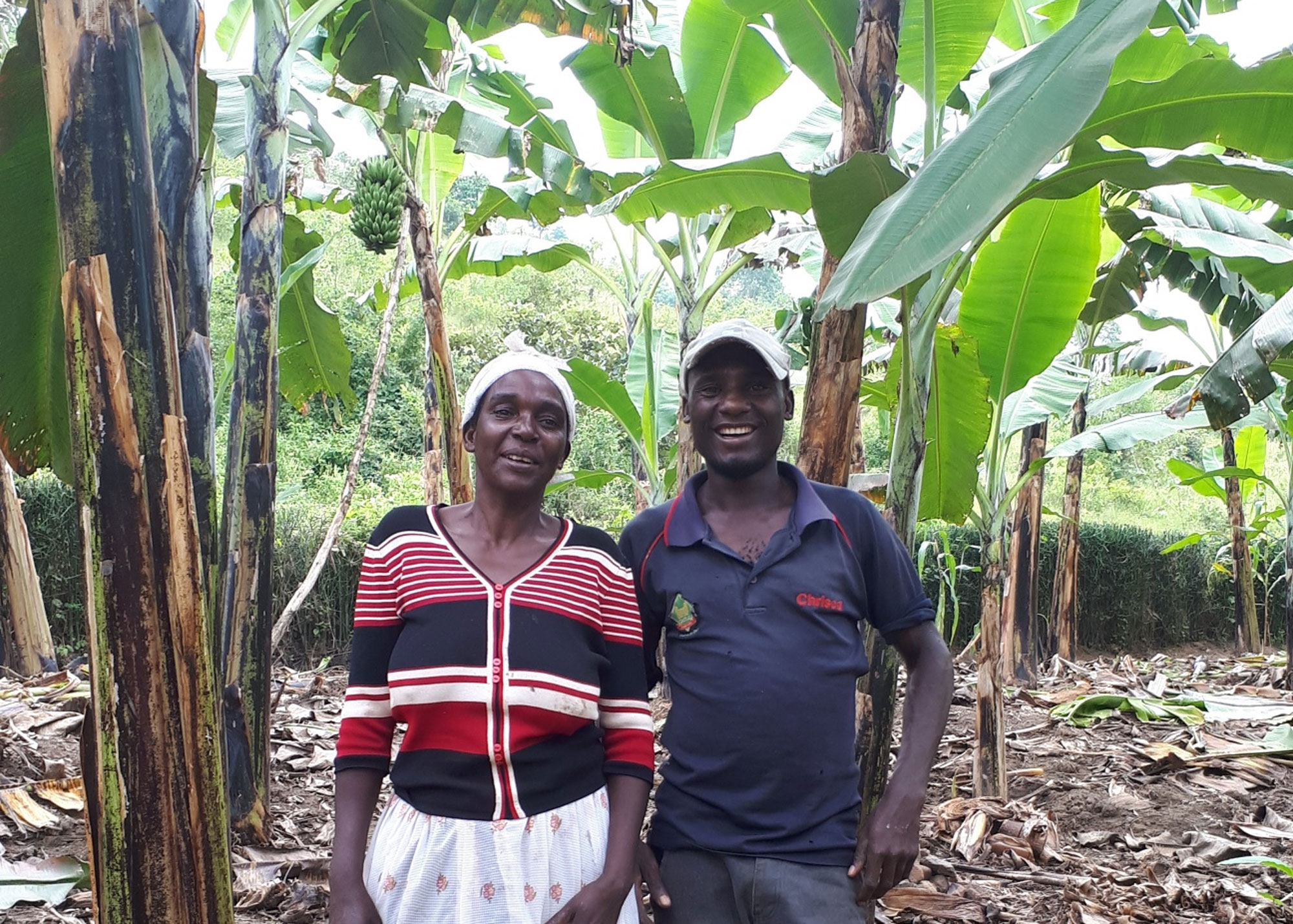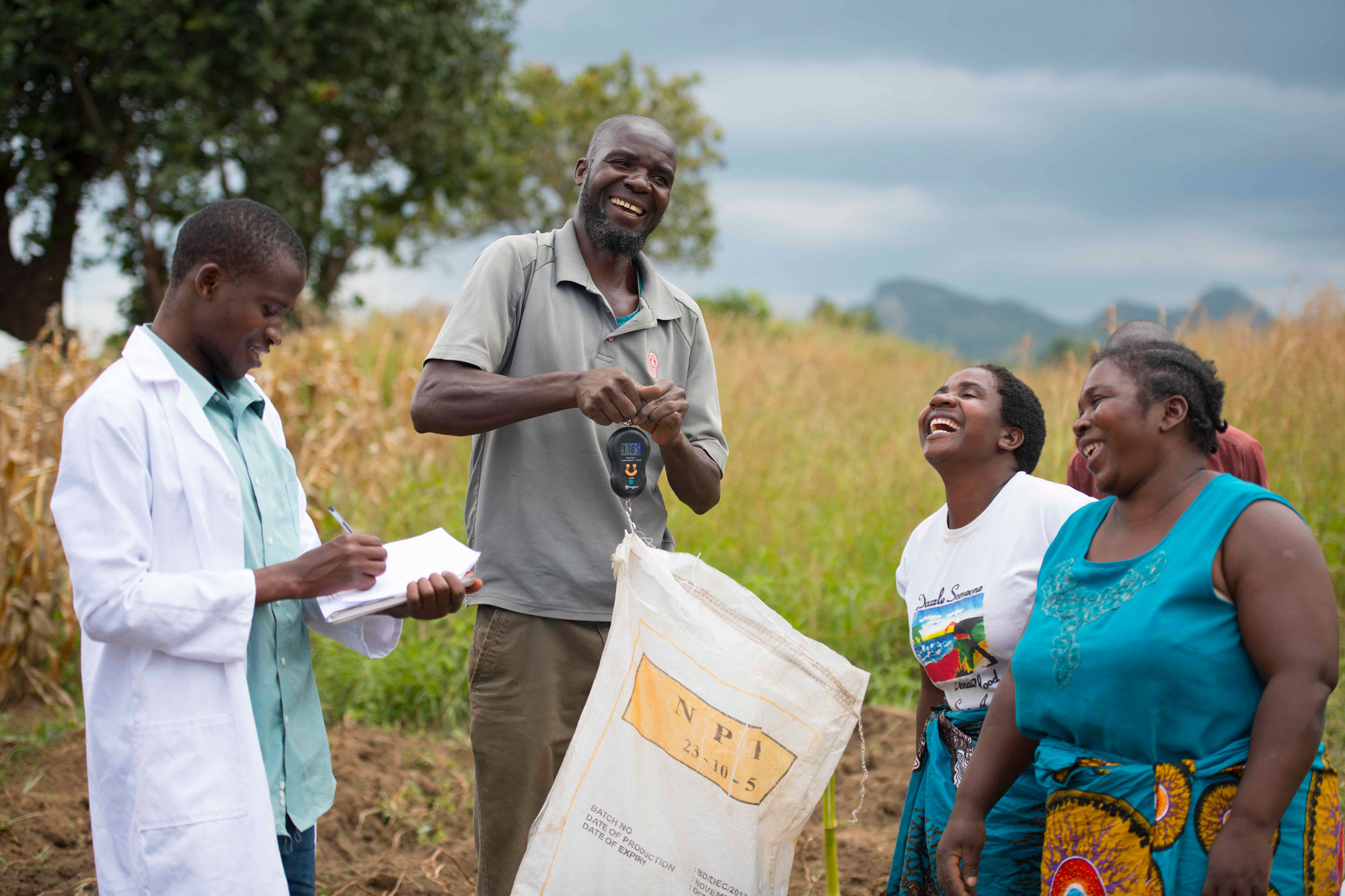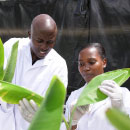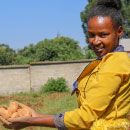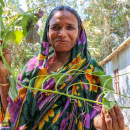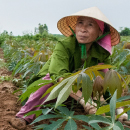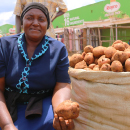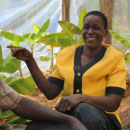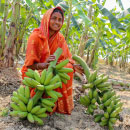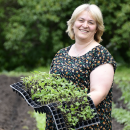Effective control of pests and diseases usually requires collective action in a farming community, because pests and diseases can easily spread to reinfect neighboring fields.
Women play important roles in controlling pests and diseases, often complementary to the roles of men. For example, women monitor pests and diseases during storage and in the field, because they spend more time at the home and in the fields. Despite their importance, however, women often have less access to training, information and knowledge, and are limited in the financial capital they might invest in clean planting materials and other control measures. RTB studies have shown that gender-responsive approaches are as important for pest and disease management as for all other aspects of crop production. These issues are, however, not well recognized by (largely male) agronomists and extension workers. Multidisciplinary teams, with social scientists, more women agronomists and extension workers, will be needed to implement effective pest and disease management interventions.

